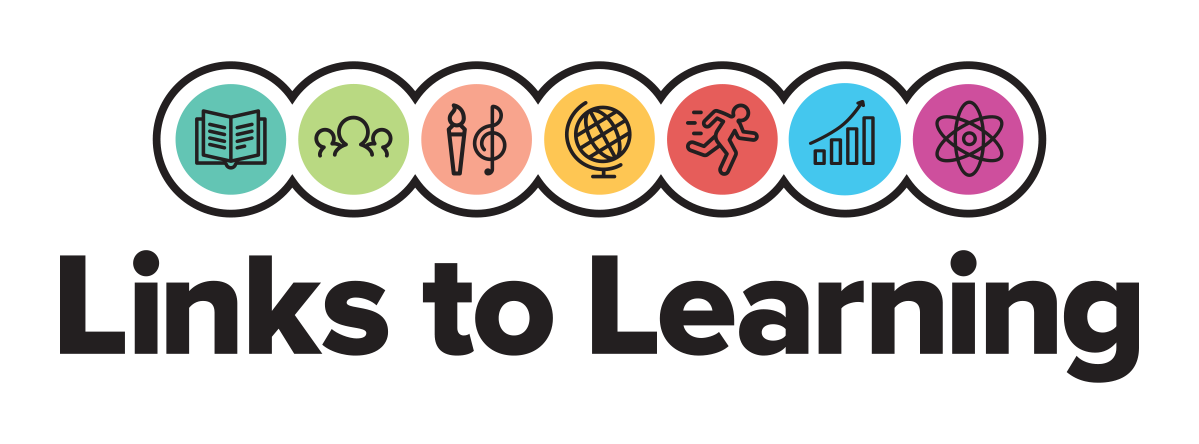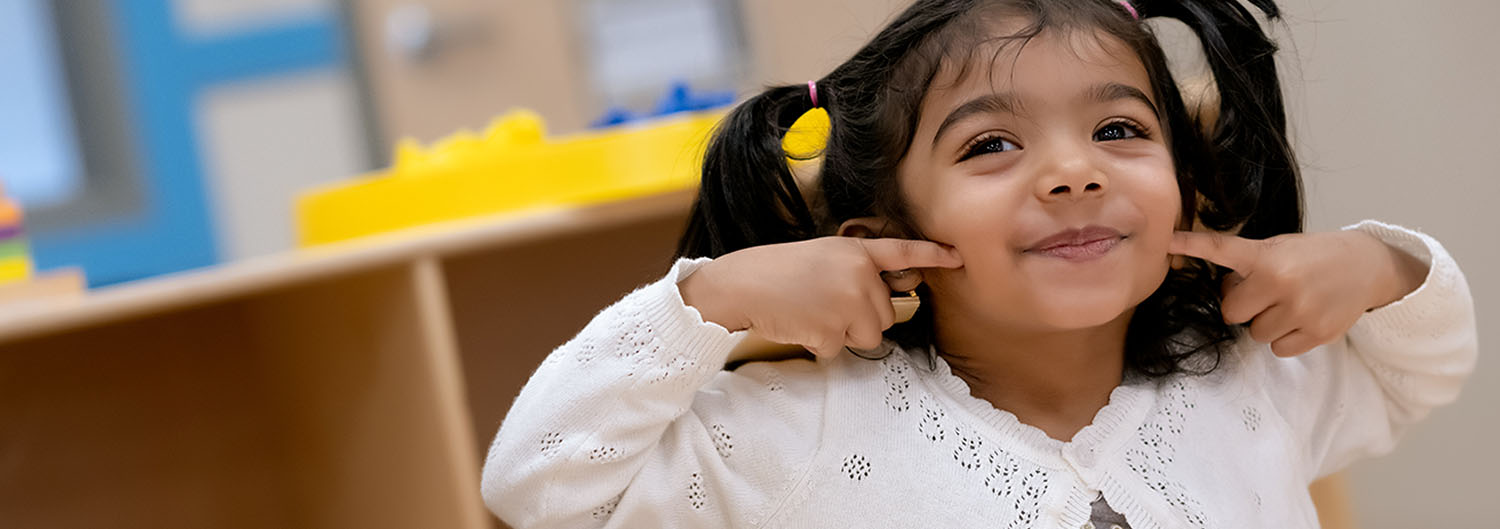- View All
- Topics
- Search
Topics
Blog Archive
-
2024 (26)
- November (3)
- October (2)
- September (3)
- August (3)
- July (3)
- June (2)
- May (2)
- April (2)
- March (2)
- February (2)
- January (2)
-
2023 (15)
- December (2)
- November (2)
- October (2)
- September (1)
- August (1)
- July (1)
- June (1)
- May (1)
- April (1)
- March (1)
- February (1)
- January (1)
-
2022 (13)
- December (1)
- November (1)
- October (1)
- September (1)
- August (2)
- July (1)
- June (1)
- May (1)
- April (1)
- March (1)
- February (1)
- January (1)
-
2021 (16)
- December (1)
- November (1)
- October (1)
- September (2)
- August (1)
- July (1)
- June (1)
- May (2)
- April (1)
- March (2)
- February (2)
- January (1)
-
2020 (11)
- December (1)
- October (2)
- September (1)
- August (1)
- July (1)
- May (2)
- March (1)
- February (1)
- January (1)
-
2019 (12)
- December (1)
- November (1)
- October (1)
- September (1)
- August (1)
- July (1)
- May (2)
- April (1)
- March (1)
- February (1)
- January (1)
-
2018 (12)
- December (1)
- November (1)
- October (1)
- September (1)
- August (1)
- July (1)
- June (1)
- May (1)
- April (1)
- March (1)
- February (1)
- January (1)
-
2017 (12)
- December (1)
- November (1)
- October (1)
- September (1)
- August (1)
- July (1)
- June (1)
- May (1)
- April (1)
- March (1)
- February (1)
- January (1)
-
2016 (12)
- December (1)
- November (1)
- October (1)
- September (1)
- August (1)
- July (1)
- June (1)
- May (1)
- April (1)
- March (1)
- February (1)
- January (1)
-
2015 (12)
- December (1)
- November (1)
- October (1)
- September (1)
- August (1)
- July (1)
- June (1)
- May (1)
- April (1)
- March (1)
- February (1)
- January (1)
-
2014 (5)
- December (1)
- November (1)
- October (1)
- September (1)
- April (1)




How Our Literacy-Rich Classrooms Foster a Love of Learning
Below are a few ways we introduce language and literacy in each of our programs.
Infants (0-1 year)
Language and literacy education begins with our youngest learners. Our teachers establish this foundation with our infants by looking at picture books, reenacting stories using puppets, and reciting nursery rhymes. Teachers take the learning outdoors by encouraging infants to explore sounds heard. For example, teachers may ask, “Do you hear a bird chirping?” or “Do you hear the leaves crunching while we walk?” Through these activities, infants learn about the sounds and structure of language, pre-literacy skills that influence their later success in reading, writing, and speaking.
Toddlers (1-2 years)
Toddler teachers turn reading books into an interactive experience by using dialogic reading. In dialogic reading, teachers engage the students as storytellers and ask questions about the story. For example, the teacher may point to a dog in the book and say, “What is this?” The student may respond, “Dog,” and the teacher will further the conversation by saying, “Yes! That’s a brown dog. Can you say brown dog?”
Beginners (2-3 years)
Teachers in our Beginner classroom design learning experiences that provide students opportunities to recognize their first name in print. For example, they may place students’ first names in the sensory bin with other sensory materials and encourage students to find their name. Our classroom management systems are another way Beginner students learn to recognize their first name in print. Students place their picture, labeled with their first name, by the center they wish to explore.
Intermediates (3-4 years)
As opposed to teaching one letter per week, our teachers discuss letter names and provide opportunities for students to hear specific letter sounds. Prior to reading the book Strega Nona, the teacher may ask, “What letter makes the /s/ sound? What letter makes the /t/ sound? Let’s see if we can hear other words that sound like /s/ and /t/!” While reading, teachers also assist students in connecting new information to what they already know by saying, “This looks almost the same as _____” or “Have you ever _____?”
Pre-K (4-5 years)
Our Pre-K teachers incorporate many activities throughout the day for students to practice language and communication skills. During group discussions, teachers provide time for students to process what they hear and to share their individual thoughts. While exploring centers, teachers ask open-ended questions to encourage multiple responses. For example, they may say, “What would happen if ____” or “What else could you do here?” Teachers create meaningful and authentic language experiences by encouraging students to read together to find answers, create labels, and write lists and thank you cards.